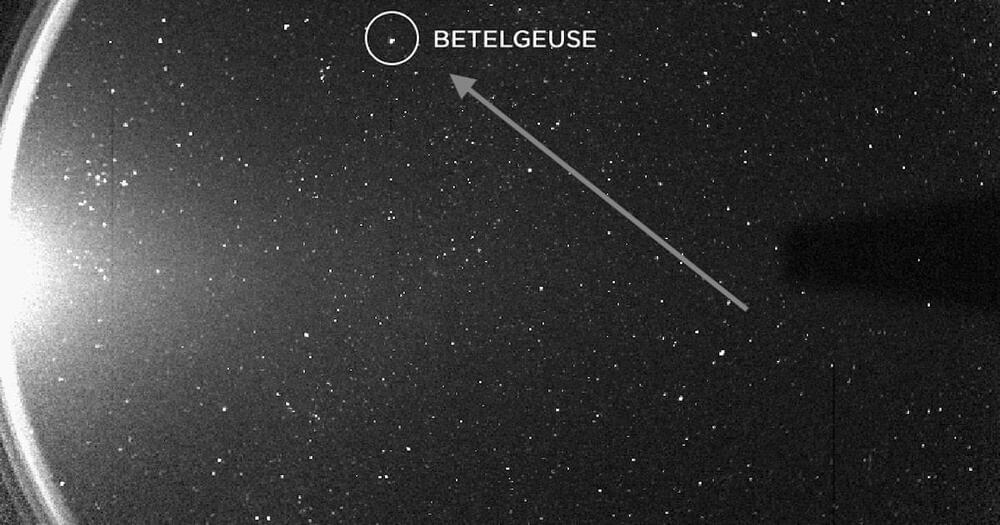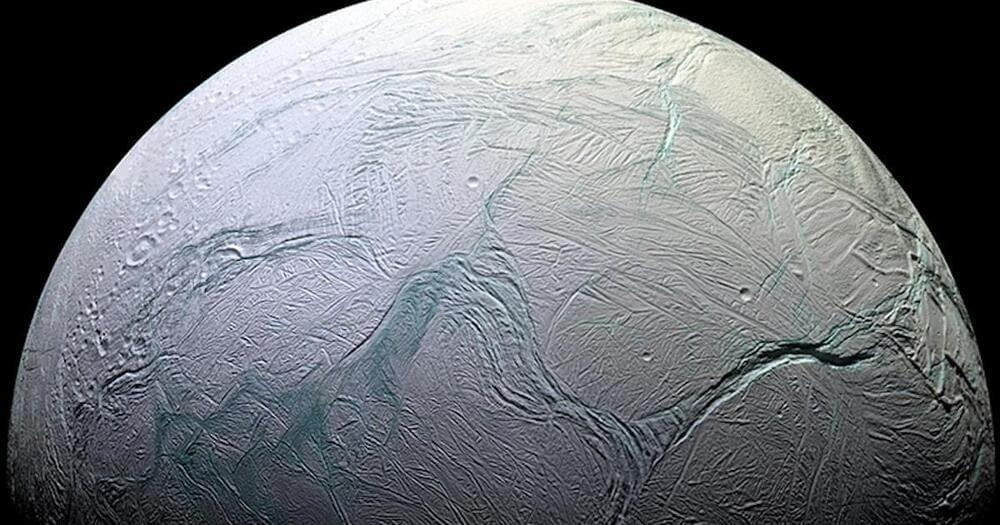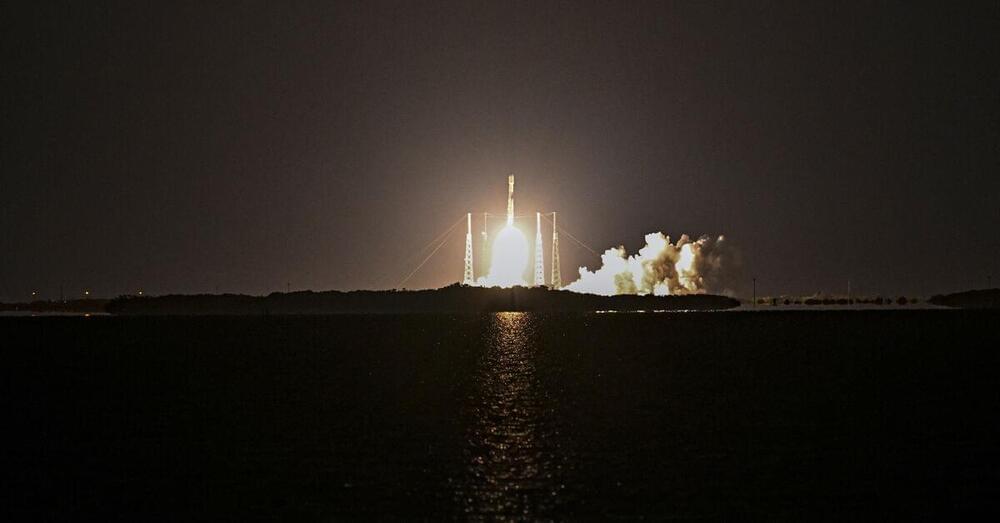NASA’s Double Asteroid Redirection Test (DART) has one single instrument onboard – the Didymos Reconnaissance and Asteroid Camera for Optical Navigation, aka the DRACO camera. DRACO serves as the spacecraft’s eye and will guide DART to its final destination: impact with asteroid Dimorphos. The stream you’re watching is a real-time feed from the DART spacecraft enabled through the DRACO camera sending one image per second to Earth. In the hours before impact, the screen will appear mostly black, with a single point of light. That point is the binary asteroid system Didymos which is made up of a larger asteroid named Didymos and a smaller asteroid that orbits around it called Dimorphos. As the 7:14 p.m. EDT (23:14 UTC) impact of asteroid Dimorphos nears closer, the point of light will get bigger and eventually detailed asteroids will be visible.
At 7:14 p.m., the DART spacecraft is slated to intentionally crash into asteroid Dimorphos. This stream will be delayed due to the time it takes the images to arrive at Earth, plus additional time for feeding the images to various platforms. For the most up-to-date DRACO camera feed, please tune into the NASA DART Impact Broadcast here: https://youtu.be/4RA8Tfa6Sck.
After impact, the feed will turn black – due to a loss of signal. After about 2 minutes, this stream will turn into a replay – showing the final moments leading up to impact. That replay file will also become available on NASA websites and social media accounts.
DART is a spacecraft designed to impact an asteroid as a test of technology. DART’s target asteroid is NOT a threat to Earth. This asteroid system is a perfect testing ground to see if intentionally crashing a spacecraft into an asteroid is an effective way to change its course, should an Earth-threatening asteroid be discovered in the future.






